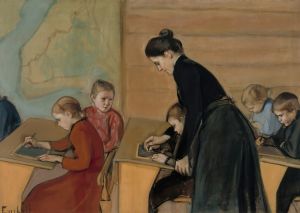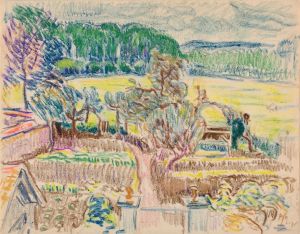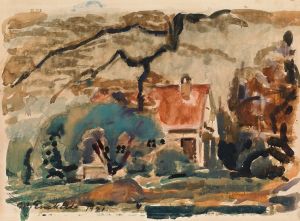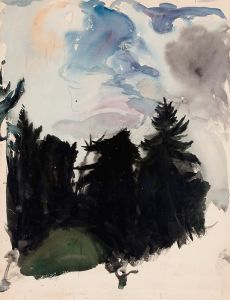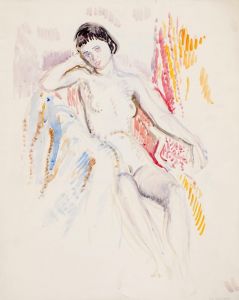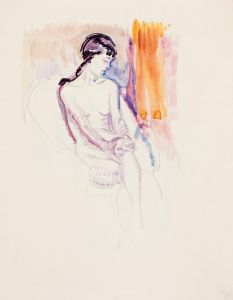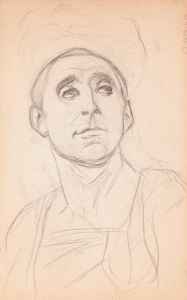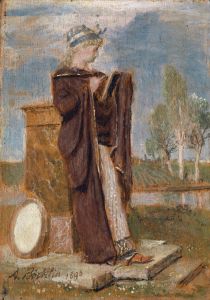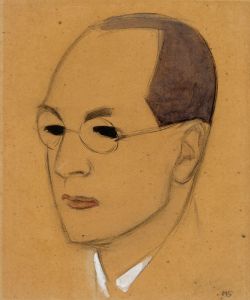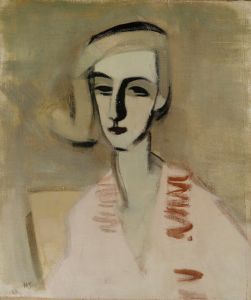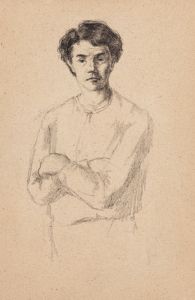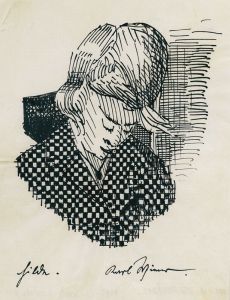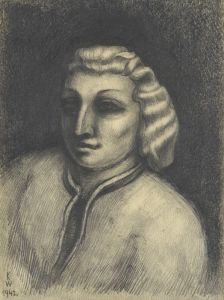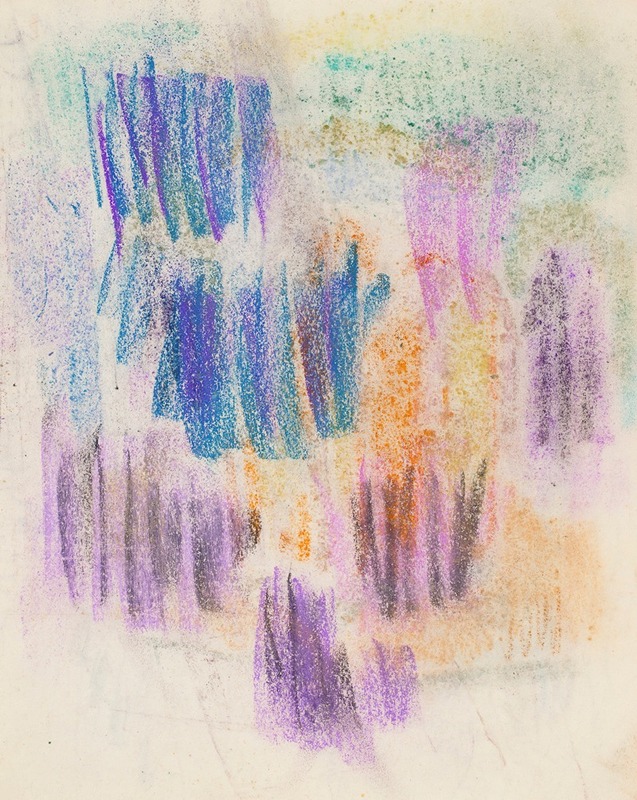
Luonnos
A hand-painted replica of Magnus Enckell’s masterpiece Luonnos, meticulously crafted by professional artists to capture the true essence of the original. Each piece is created with museum-quality canvas and rare mineral pigments, carefully painted by experienced artists with delicate brushstrokes and rich, layered colors to perfectly recreate the texture of the original artwork. Unlike machine-printed reproductions, this hand-painted version brings the painting to life, infused with the artist’s emotions and skill in every stroke. Whether for personal collection or home decoration, it instantly elevates the artistic atmosphere of any space.
Magnus Enckell's Luonnos (translated as "Sketch") is a work by the Finnish symbolist painter Magnus Enckell (1870–1925). Enckell is recognized as one of the most prominent figures in Finnish art during the late 19th and early 20th centuries, particularly for his contributions to Symbolism and his role in the development of modern art in Finland.
Luonnos is a lesser-known piece within Enckell's body of work, and specific details about the painting, such as its creation date, medium, dimensions, and current location, are not widely documented in public sources. However, the title "Luonnos" suggests that the work may be a preparatory sketch or study, as the Finnish word "luonnos" typically refers to a draft or preliminary version of an artwork. Enckell often created sketches and studies as part of his artistic process, particularly for his larger, more detailed compositions.
Magnus Enckell's art is characterized by its exploration of themes such as spirituality, human emotion, and the interplay between light and color. Early in his career, his works were heavily influenced by Symbolism, with a focus on introspective and dreamlike imagery. Later, his style evolved to incorporate brighter colors and a more naturalistic approach, aligning with the Neo-Impressionist movement. While it is unclear where Luonnos fits within this artistic trajectory, it likely reflects Enckell's broader interest in capturing the human form and emotional depth.
Enckell studied art in Helsinki and Paris, where he was influenced by contemporary European art movements. His exposure to Symbolism and Post-Impressionism shaped his unique style, which often blended mystical and realistic elements. He was also a central figure in the Septem group, a collective of Finnish artists who sought to modernize Finnish art by embracing international trends.
Due to the limited information available about Luonnos, it is difficult to provide a detailed analysis of the work. However, it remains a testament to Enckell's skill as a draftsman and his dedication to exploring the nuances of human expression and form. Further research or access to archives may shed more light on this specific piece and its significance within Enckell's oeuvre.





